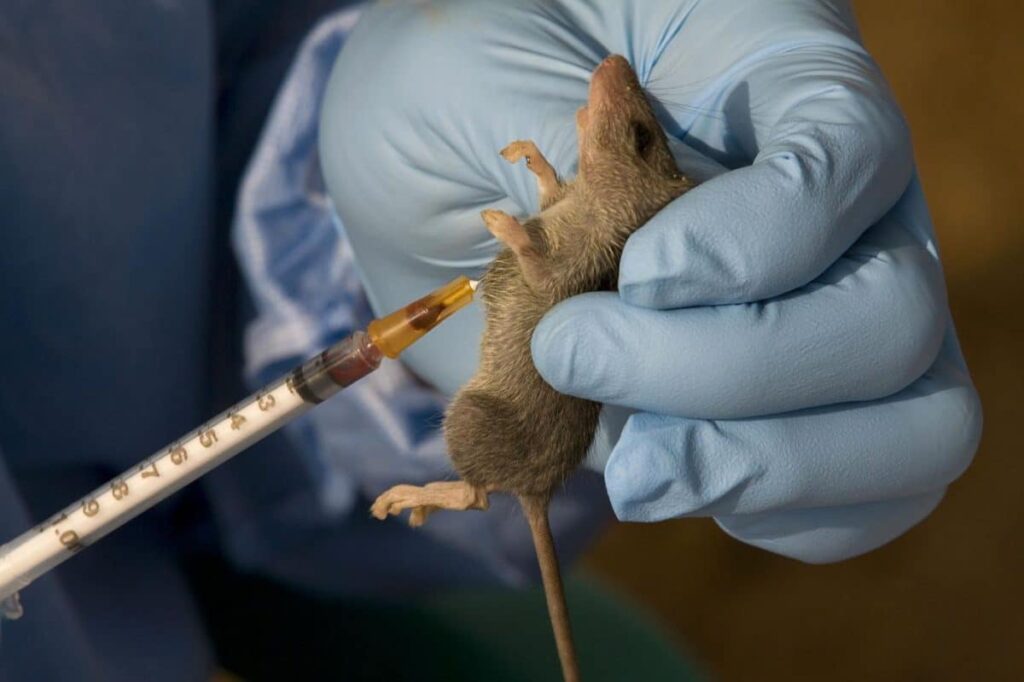Nigeria continues to grapple with a Lassa fever outbreak, as health authorities report an escalating fatality rate and persistent transmission across multiple states. The Nigeria Centre for Disease Control and Prevention (NCDC) confirmed 11 new cases of the viral illness between July 14 and 20, 2025, with Ondo and Edo states accounting for all fresh infections. These additions bring the year’s total confirmed cases to 822, alongside 155 deaths attributed to the disease—marking a case fatality rate of 18.9%, a rise from 17.1% during the same period in 2024.
The latest epidemiological update revealed 120 new suspected cases in the reported week, pushing cumulative suspected infections to 6,640 this year. Nearly nine in 10 confirmed cases originated from five states: Ondo, Bauchi, Edo, Taraba, and Ebonyi. While Ondo led with seven confirmed infections during the reporting period, followed by Edo with four, health officials noted reduced case numbers in Bauchi and Benue states—a contrast to earlier trends.
Efforts to curb transmission appear to show partial success, with eight active cases currently under care at designated treatment centers. No healthcare workers or symptomatic contacts contracted the virus during the monitored week, though 14 individuals remain under surveillance. Health teams have tracked 3,430 contacts since January, with 3,400 successfully completing the 21-day follow-up period—a critical window for monitoring potential symptoms.
Lassa fever, an acute viral hemorrhagic illness endemic to West Africa, spreads primarily through contact with infected rodents or bodily fluids. Seasonal outbreaks typically peak during Nigeria’s dry season, but cases now persist year-round in some regions. The rising fatality rate underscores persistent challenges in early detection and access to healthcare, particularly in rural areas. While ribavirin antiviral therapy improves outcomes when administered promptly, many patients seek care only after severe symptoms emerge.
Health authorities emphasize heightened surveillance and public awareness campaigns in high-burden states, alongside improved infection control protocols at medical facilities. The absence of recent healthcare worker infections signals progress in protective measures, though resource gaps in testing and treatment access remain concerns. As contact tracing continues, the NCDC urges communities to report symptoms like fever, weakness, and bleeding promptly to prevent further escalation.
